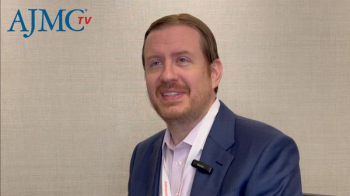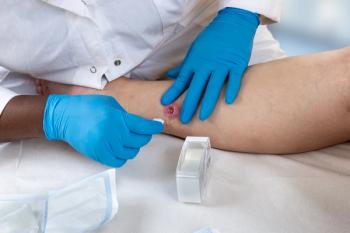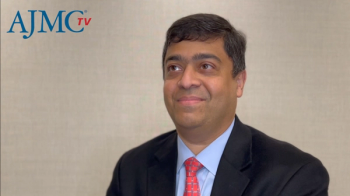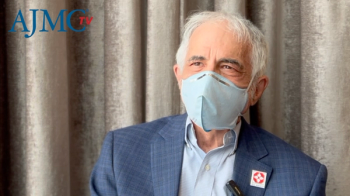
Dr Matthew Gubens Outlines Exciting Directions for Lung Cancer Immunotherapy Research
Matthew Gubens, MD, MS, assistant clinical professor of thoracic oncology at the University of California, San Francisco, discussed the areas of lung immuno-oncology research where he anticipates significant advances will be made in coming years.
Matthew Gubens, MD, MS, assistant clinical professor of thoracic oncology at the University of California, San Francisco, discussed the areas of lung immuno-oncology (IO) research where he anticipates significant advances will be made in coming years.
Transcript (slightly modified)
Are you conducting any ongoing research on lung cancer immunotherapies?
Well, we’re certainly in the hunt of looking at these combination approaches. Certainly, I think one other exciting thing about this area has been the opportunity to work with immunologists who have been in the lab talking about this for years and finally engaging us clinically.
I think some of the interesting efforts we have are to do really sophisticated immuno-profiling. PDL-1 is a biomarker we have, I don’t think any of us think we’ll be using that exclusively 3 years from now. We’re really trying to be more savvy about blood-based biomarkers, proteomics, tumor mutation burden, and really having a sense for both patient selection but also patient follow-up. Do we have early signals of benefit, whether they’re blood-based, whether they’re biopsy-based, or even imaging-based?
I think some of the exciting work is also about PET tracers and may let us have an early sense of benefit, again with the idea of moving a patient off an ineffective treatment to move onto the next thing. So partly combinations, and really being savvy about biomarker development.
The other piece I’m really excited about is looking at a whole other area, looking at folks who have early-stage disease. We know that we’re finding more early-stage disease now that we do more lung cancer screening in at-risk populations, but the idea of maybe using PD-1 inhibition or other IO/IO combinations either neoadjuvantly, which also by the way gives us really nice tissue to work with, or adjuvantly, to see if we can improve cure rates, which is really of course all of our goals in lung cancer.
Newsletter
Stay ahead of policy, cost, and value—subscribe to AJMC for expert insights at the intersection of clinical care and health economics.

















































